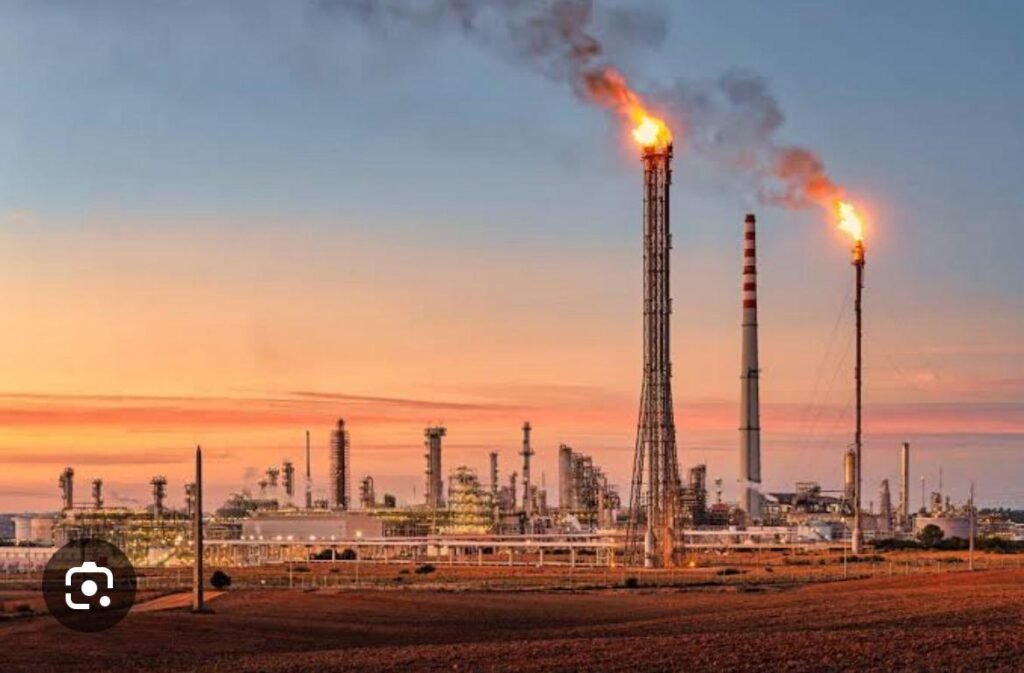Methane
Methane reduction projects in the oil and gas industry aim to minimize methane emissions, a potent greenhouse gas, through a combination of technologies, practices, and policies. Below are the key processes and steps typically involved in such projects.

Elnabbe with our partners have the capabilities to conduct the following in the methane projects:
1- Methane Emission Detection and Measurement
- Leak Detection and Repair (LDAR): Use infrared cameras, drones, or sensors to identify methane leaks from equipment, pipelines, and facilities.
- Continuous Monitoring: Deploy advanced monitoring systems (e.g., satellites, ground-based sensors) to track methane emissions in real time.
- Baseline Assessment: Measure current methane emissions to establish a baseline for reduction targets.
2- Source Identification
- Identify major sources of methane emissions, such as:
- Venting and flaring
- Fugitive emissions (leaks from valves, connectors, etc.)
- Incomplete combustion
- Storage tanks and pipelines
- Abandoned wells
3- Implementation of Reduction Technologies
- Upgrading Equipment: Replace or retrofit outdated equipment with low-emission alternatives (e.g., low-bleed pneumatic devices).
- Vapor Recovery Units (VRUs): Capture and reuse methane from storage tanks instead of venting it.
- Flare Reduction: Minimize flaring by capturing and utilizing associated gas for power generation or reinjection.
- Methane Capture: Use technologies to capture methane from venting or leaks and repurpose it for energy production.
4-Operational Improvements
- Improved Maintenance: Regularly inspect and maintain equipment to prevent leaks and malfunctions.
- Automated Controls: Implement automation to optimize processes and reduce emissions.
- Reduced Flaring and Venting: Adopt best practices to minimize routine flaring and venting.
5- Policy and Regulatory Complianc
Complianc Elnabbe can help the organizations here to local and international regulations (e.g., EPA methane rules, EU methane strategy).
- Participate in voluntary initiatives like the Oil and Gas Methane Partnership (OGMP) or Methane Guiding Principles.
6- Data Reporting and Transparency
- Track and report methane emissions data to stakeholders and regulators.
- Use standardized methodologies (e.g., IPCC guidelines) for accurate reporting.
- Publish progress toward methane reduction goals.
7- Collaboration and Innovation
- Partner with technology providers, NGOs, and governments to develop and deploy new methane reduction solutions.
- Invest in research and development for emerging technologies like methane-sensing satellites or advanced leak detection systems.
8- Monitoring and Verification
- Continuously monitor emissions to ensure reduction targets are met.
- Elnabbe can do the third-party role of verification to validate emission reductions and ensure credibility.
